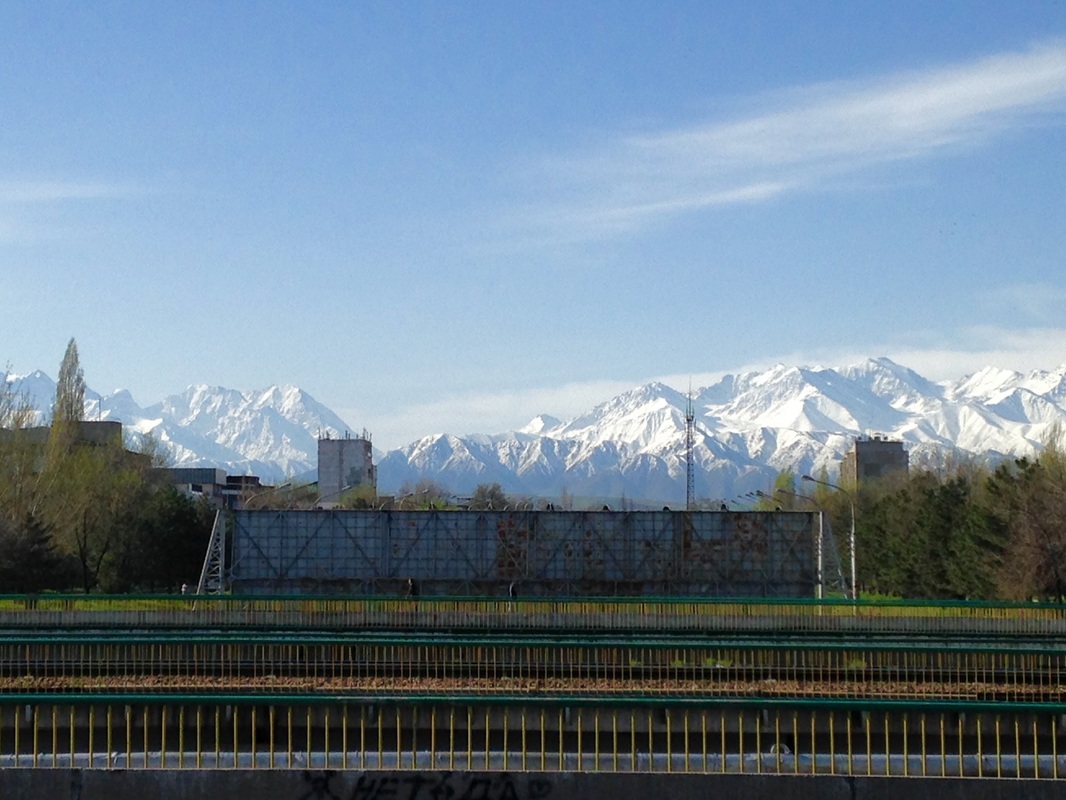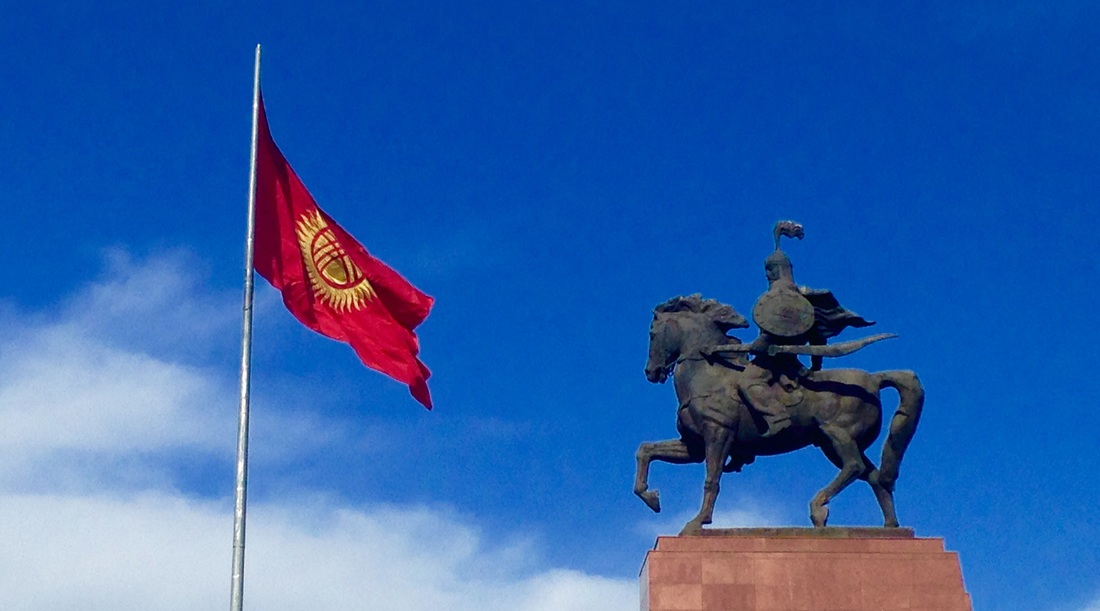By: Shannon Kachel
"Have you seen the snow leopard? No! Isn't that wonderful?" - Peter Matthiessen The Snow Leopard
Having traversed 13 time zones in 28 hours, I finally arrived in Bishkek, th capital of Kyrgyzstan. Here, I join an international team of biologists and conservationists from Panthera (panthera.org) and the Kaiberen Project (http://voices.nationalgeographic.com/2014/08/19/kaiberen-a-legend-and-a-project-in-the-mystical-mountains-of-kyrgyzstan/) to launch a multi-year study of the ecology and conservation of large carnivores in the mountains of Central Asia.
"Have you seen the snow leopard? No! Isn't that wonderful?" - Peter Matthiessen The Snow Leopard
Having traversed 13 time zones in 28 hours, I finally arrived in Bishkek, th capital of Kyrgyzstan. Here, I join an international team of biologists and conservationists from Panthera (panthera.org) and the Kaiberen Project (http://voices.nationalgeographic.com/2014/08/19/kaiberen-a-legend-and-a-project-in-the-mystical-mountains-of-kyrgyzstan/) to launch a multi-year study of the ecology and conservation of large carnivores in the mountains of Central Asia.
Over the next few days, we will make the last of our preparations, then head high into the Central Tien Shan Mountains, where, for the next four months, the team and I will focus on deploying GPS collars on snow leopards and wolves in order to understand how these two enigmatic species coexist with one another despite relatively simple prey communities. In addition to trapping, we will use camera traps and non-invasive genetics from scat to build models of predator and prey population densities, and to document variability in ungulate behavior in relationship to predators. Finally, we will investigate the threats facing these imperiled species and work with high mountain herder communities to promote conservation solutions that benefit wildlife and humans alike.
For now, the Tien Shan Mountains beckon from the south, inviting and imposing.




 RSS Feed
RSS Feed